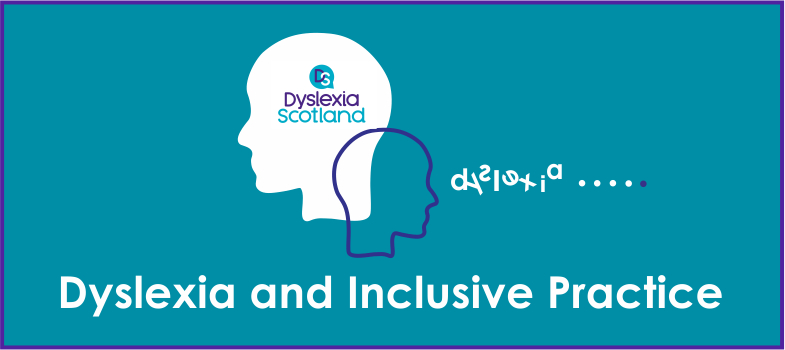2.6 Standardised assessments
Not all local authorities use standardised assessments in their process of identifying dyslexia. However many find them a useful tool. A standardised assessment to identify additional support needs are tests which requires all test takers to undertake the same task or answer the same questions in the same way. The answers or responses are then scored in a “standard” or consistent manner and compared to a set of data which has been complied by the answers provided by individuals who do not have additional support needs. This makes it possible to compare the relative performance of learners and establish a chronological age comparator. The term "normative assessment" refers to the process of comparing one test-taker to his or her peers.
Activity 13 – Evaluation of standardised assessments
Find out if your school or local authority uses standardised assessments in the identification process of dyslexia and literacy difficulties. If your school/authority does not use them find out about some commonly used assessments and compare your process with one which includes standardised assessments.
The Addressing Dyslexia Toolkit provides information on commercially available assessments within the Toolkit [Tip: hold Ctrl and click a link to open it in a new tab. (Hide tip)] .
In your Reflective Log consider and evaluate the type and use of Standardised assessments in use e.g.
- Are they screeners or assessments?
- Are they appropriate – e.g. date of publication, age range individual tests target , areas of focus
- The methodology in the way they are administered, is it a learner centred process?
- Interpretation of the assessment – usefulness of data and findings provided – how can this be implemented into practice, how is the information used to support learners and the monitoring process?
- How are standardised assessments used within a collaborative identification process?
2.5 Learner Profile
